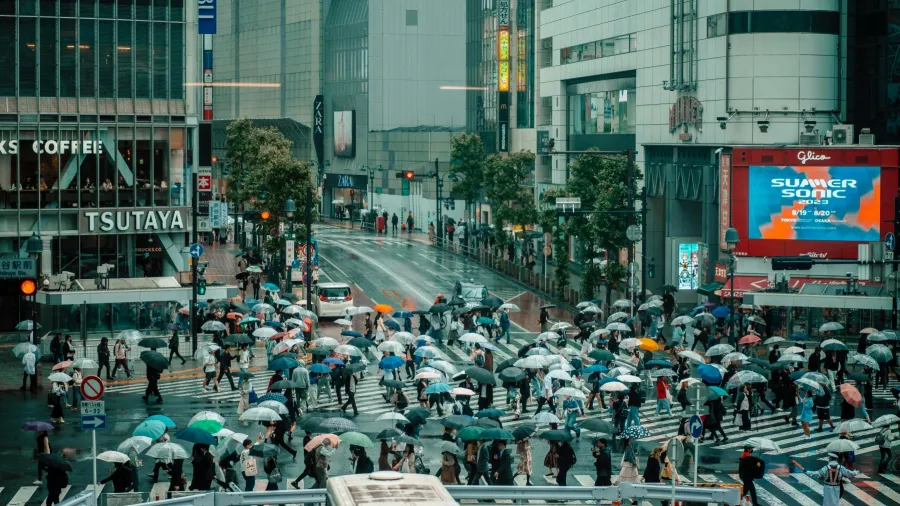
APAC retail property sector bounces back post-pandemic
Asia Pacific remains the fastest-growing region,.
The retail property sector in the Asia Pacific region is recovering from the pandemic disruptions, with varying performance across different markets, according to Savills' Asia Pacific Retail report.
Cities like Hanoi, Osaka, and Hong Kong saw notable growth rates, whilst major consumer hubs such as Tokyo, Shanghai, Shenzhen, and Taipei remained relatively stagnant. Seoul experienced rental declines due to sustained vacancies and reduced consumer spending amid inflationary pressures.
As landlords sought to attract quality tenants, flexible lease terms became more common across most markets, including turnover-based clauses in prime retail locations.
“Globally, 2024 is shaping up to be another challenging year as global economic growth is projected to decelerate for a third year in a row, yet the risk of a global recession seems to have receded largely due to the resilience of the United States’ economy and strength in Asia Pacific,” the report noted.
Asia Pacific remains the fastest-growing region, with a forecasted real gross domestic product growth of 4.0% YoY in 2024, outpacing the United States and the Eurozone.
ALSO READ: Asia's retail sector thrives amidst e-commerce dominance
Inflation rates stabilised in 2023 and are decreasing faster than anticipated in most regions, leading to expectations of interest rate reductions in several markets by mid-2024. The reduction in pricing and financing costs is expected to boost purchasing power and drive retail sales growth, albeit at a moderated pace compared to the initial surge of "revenge spending."
The Asia Pacific tourism market has been severely impacted by the pandemic over the past three years. Despite some recovery, international tourist volumes in 2023 only reached 65% of their pre-pandemic levels. A recent survey suggested that a full recovery may not occur until 2025 or later.
However, certain markets such as India, Japan, and Australia are expected to outperform the region, with international tourist arrivals rebounding to around 80% of 2019 levels.
On the other hand, markets heavily reliant on mainland Chinese demand, including South Korea, Hong Kong, and Taiwan, lagged behind the regional average in 2023.
Mainland Chinese travelers were the largest source market in the Asia Pacific before the pandemic. However, factors such as visa restrictions, limited airline capacity, and slower domestic economies have hindered their return to the international market.
Mainland Chinese arrivals in most markets have only reached around 30% of 2019 levels. Taiwan has been particularly affected, with a travel ban in place since 2022.
The overall market size has shrunk, with mainland Chinese travelers' share decreasing from 52% in 2019 to 40% in 2023.



















 Advertise
Advertise






